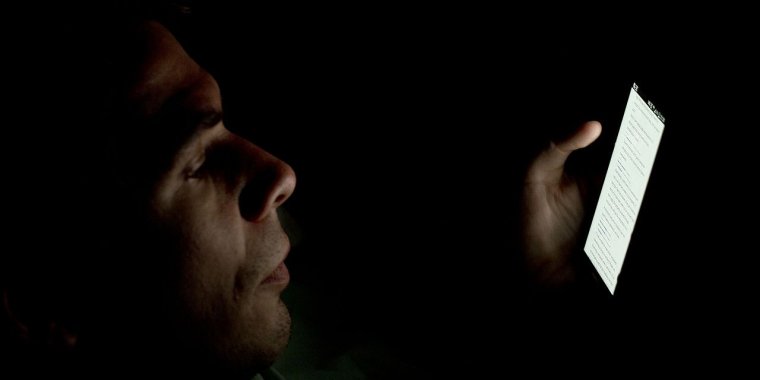| News / Science News |
Artificial Light of Digital Devices Lessens Sleep Quality
Blue light emitted from digital devices could contribute to the high prevalence of reported sleep dysfunction.

Looking at a smartphone screen late at night may affect the user's ability to sleep afterwards. ![]()
A new study by researchers at the University of Houston College of Optometry found that blue light emitted from digital devices could contribute to the high prevalence of reported sleep dysfunction.
Study participants, ages 17-42, wore short wavelength-blocking glasses three hours before bedtime for two weeks, while still performing their nightly digital routine.
Results showed about a 58 percent increase in their nighttime melatonin levels, the chemical that signals your body that it is time to sleep. Those levels are even higher than increases from over-the-counter melatonin supplements.
Wearing activity and sleep monitors 24 hours a day, the 22 study participants also reported sleeping better, falling asleep faster, and even increased their sleep duration by 24 minutes a night.
The largest source of blue light is sunlight, but it is also found in most LED-based devices. Blue light boosts alertness and regulates our internal body clock, or circadian rhythm, that tells our bodies when to sleep. This artificial light activates photoreceptors called intrinsically photosensitive retinal ganglion cells (ipRGCs), which suppresses melatonin.
Researchers recommend limiting screen time, applying screen filters, wearing computer glasses that block blue light, or use anti-reflective lenses to offset the effects of artificial light at nighttime. Some devices even include night mode settings that limit blue light exposure. (Tasnim News Agency)
YOU MAY ALSO LIKE




